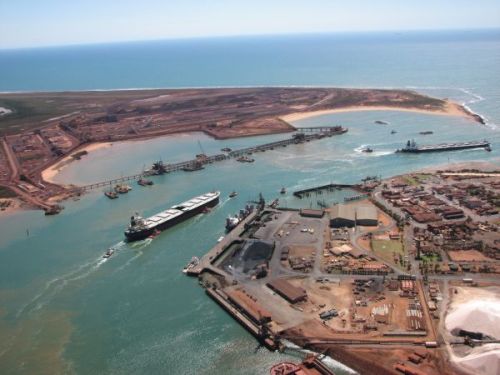Dust issues hit WA town
 Residents of Port Hedland, a key industrial town in northern Western Australia, are facing an unprecedented dust crisis.
Residents of Port Hedland, a key industrial town in northern Western Australia, are facing an unprecedented dust crisis.
In just the second half of last year, dust levels exceeded air quality guidelines an astonishing 65 times, according to reports.
Many locals blame the dust on operations at the nearby Port of Port Hedland, a major iron ore export hub.
While the Port Hedland Industries Council (PHIC), representing industry giants like BHP and Fortescue, acknowledges the dust issue, it points to various other potential factors, including natural sources and construction activities. The PHIC also notes that bushfires and hazard-reduction burning could be contributing to increased dust levels.
The Department of Water and Environmental Regulation (DWER) says that these dust events are not exclusively due to industrial activities in Port Hedland.
DWER is reportedly preparing new dust management guidelines, set for public release by the end of 2024.
In the meantime, PHIC members are committing to dust mitigation. BHP, for instance, is investing $300 million in initiatives like vegetation barriers and wind fences to control dust emissions.
The WA Government has been running the Port Hedland Voluntary Buyback Scheme (PHVBS), which enables it to purchase residential properties to reduce conflicts with Port users.







 Print
Print